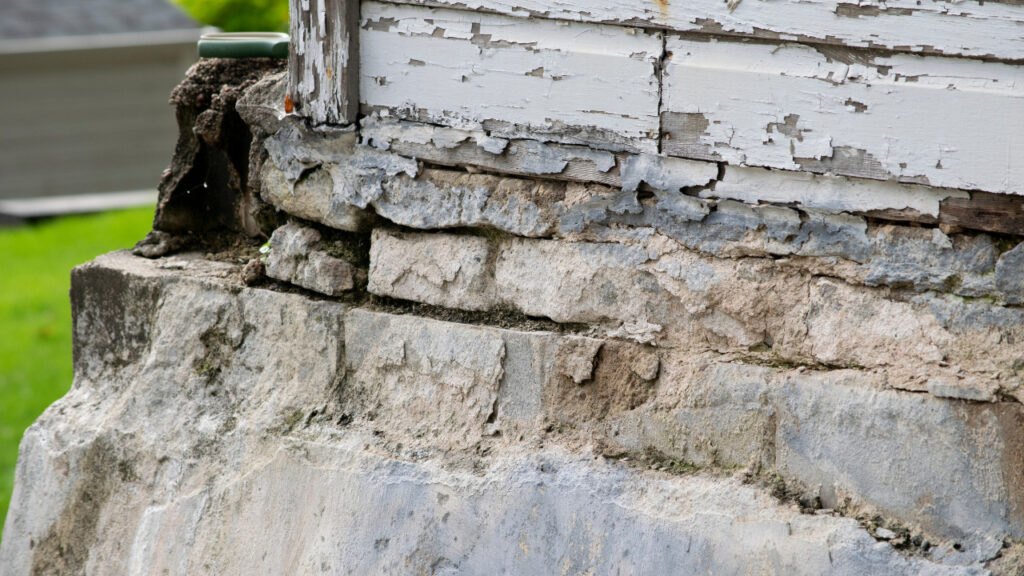In the realm of roofing projects, nothing holds greater importance than ensuring the safety and stability of workers. Roof jacks emerge as the indispensable tools that offer a secure platform, empowering workers to perform their tasks with utmost efficiency and safety. This comprehensive guide is dedicated to delving into the realm of roof jacks, leaving no aspect unexplored, from meticulous installation to their optimal usage. Together, we shall embark on a journey to uncover the fundamental facets of roof jack and their invaluable contributions to the triumphant completion of roofing projects.
What are Roof Jacks?
Roof jack, also known as roofing brackets or roof brackets, are supportive devices designed to provide a stable working surface on sloped roofs. They are commonly made from sturdy materials such as steel or aluminum, ensuring durability and reliability in various weather conditions.
What are the types of roof jacks available?
There are mainly two types of roof jack: adjustable roof jack and fixed roof jack. Adjustable roof jacks allow for height modifications, making them suitable for various roof pitches. On the other hand, fixed roof jack have a pre-set height and are ideal for consistent roof slopes.
How are roof jacks installed?
Roof jack installation involves the following steps:
Start by determining the correct roof pitch and selecting the appropriate roof jack type.
Place the roof jacks at strategic intervals along the roofline, ensuring they are securely anchored to the roof.
Use roofing nails or screws to attach the jack to the rafters or roof deck, depending on the roof’s structure.
Ensure the roof jacks are level and aligned correctly to avoid instability during use.
What safety precautions should be taken during installation?
Always prioritize safety during roof jack installation:
Use safety harnesses and fall protection equipment for workers at all times.
Inspect the roof jack and equipment for any damage before installation.
Ensure proper training for workers to handle and install roof jack correctly.
What are the advantages of using roof jacks?
Roof jack offer several benefits, including:
Enhanced safety for workers by providing a stable platform on sloped roofs.
Facilitate the installation of shingles, flashing, and other roofing materials with ease.
Allow for increased productivity, reducing the time required for roofing projects.
Conclusion
Roof jacks are indispensable tools for any roofing project. By understanding their types, proper installation, and safety measures, roofing professionals can ensure a secure working environment and boost productivity. Additionally, complying with OSHA guidelines ensures adherence to industry best practices for roofing safety.
Investing in high-quality roof jack and following the correct installation procedures will not only protect workers but also lead to successful roofing projects. Prioritizing safety and using reliable equipment will undoubtedly contribute to the overall success and longevity of any roofing endeavor.




